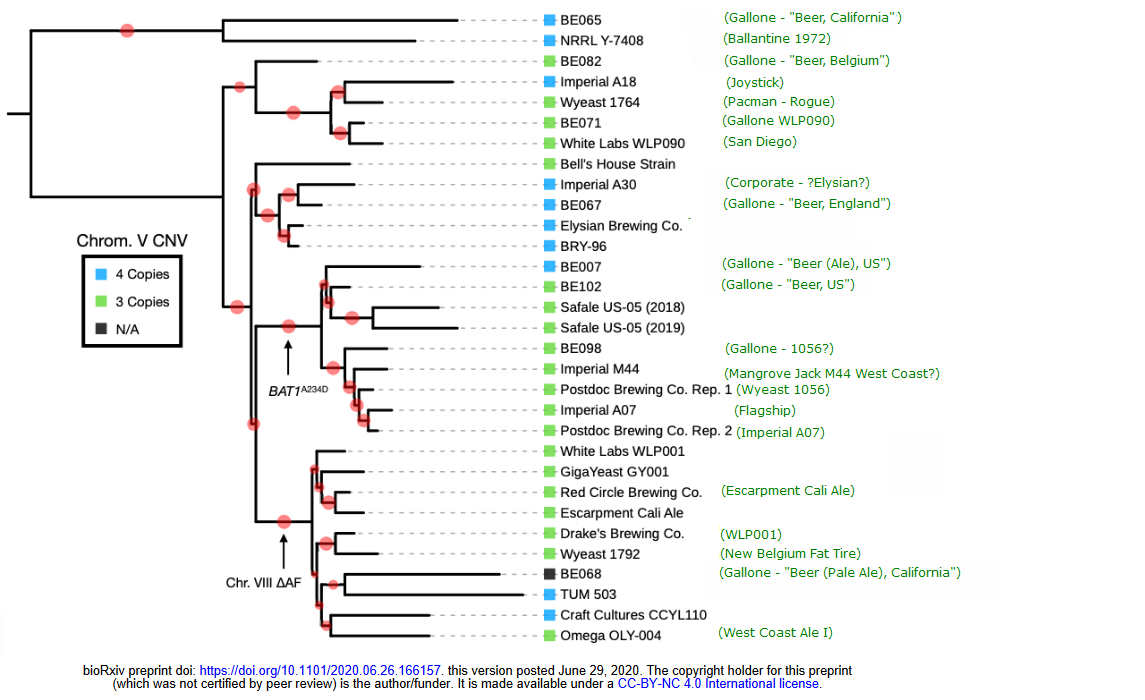I'm getting ready to brew a Pliny the Younger Triple IPA and I have a question regarding the yeast. This recipe is 1.090 OG and about 10.8% ABV and calls for WLP 001 California Ale yeast. My home brew store only carries 1056 Wyeast. After plugging 1056 into Beersmith, I realized that 1056 would only get my FG down to about 1.014. After a little bit of research I see that White labs website says that 001 has an alcohol tolerance of 10-15% and Beersmith uses 13% and Wyeast website claims 11% alchol tolerance on their website.
I've looked online at a few home brew stores and with shipping I'm looking at about $17 including shipping for 001. The closest homebrew shop that carries it is over 45 minutes away.
Is 1056 going to be ok in a beer this big or should I decide if I want to either spend the $17 or lower the grain bill to hit a lower abv?
I am planning on making a 4L starter on a stir plate and adding oxygen for 90 seconds before pitching and another 60 seconds after 12 hours if that makes a difference.
Thanks!
Mike
I've looked online at a few home brew stores and with shipping I'm looking at about $17 including shipping for 001. The closest homebrew shop that carries it is over 45 minutes away.
Is 1056 going to be ok in a beer this big or should I decide if I want to either spend the $17 or lower the grain bill to hit a lower abv?
I am planning on making a 4L starter on a stir plate and adding oxygen for 90 seconds before pitching and another 60 seconds after 12 hours if that makes a difference.
Thanks!
Mike
Last edited:




